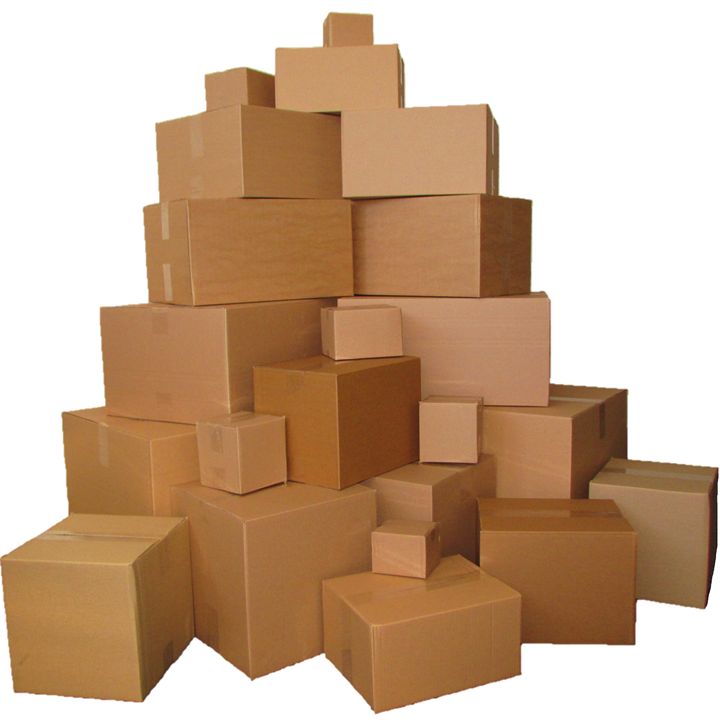Guide, Top or Vac-Pack?
Drying, chilling, solidifying, cleansing and purification portray only a few strategies for sustenance protection. Be that as it may, these have real disadvantages — including the loss of fundamental supplements and flavor. Here, Charlie Ahern, general supervisor at aluminum packaging provider Advanta, clarifies. In 1877, French researchers Pasteur and Joubert saw that Bacillus anthracis, a typical kind of microscopic organisms, could be slaughtered utilizing carbon dioxide (CO2). From here, the additive strategy for CO2 took off industrially. Nonetheless, it wasn't CO2 that was fatal to the microscopic organisms, yet rather the absence of oxygen. Today, there are three fundamental kinds of packaging procedures that exploit low oxygen levels; adjusted air packaging (MAP), controlled air packaging (CAP) and vacuum packaging.
Guide
We should kick things off with MAP (adjusted air packaging). This portrays the alteration of the air inside the bundle, dislodging ordinary air for a creation of gases that is low in oxygen. This regularly implies more nitrogen or carbon dioxide is incorporated than typical. Obviously, the structure depends altogether on the sort of sustenance, and the porousness of the film. For breathing items, for example, crisp foods grown from the ground, the point is to limit its breath rate. For non-breathing items, for example, cooked poultry or new pasta, it's tied in with limiting microbial development as the fundamental decay parameter. Getting the arrangement right can result in exceedingly broadened time spans of usability for MAP stuffed items. Crisp poultry, for instance, regularly has a timeframe of realistic usability of three to ten days, yet can withstand six to 21 days with MAP.
Top
Utilizing MAP, you can't control what occurs after the produce is bundled and breath proceeds. Be that as it may, with CAP (controlled climate packaging), you can make changes to the capacity states of the packaging amid its life expectancy. This includes adding oxygen safeguards or nitrogen to accomplish the ideal gas creation to broaden timeframe of realistic usability. The temperature and moistness of the item's stockpiling climate is likewise managed to lessen decay.
Top is a capacity system, as opposed to a rack prepared retail strategy. Be that as it may, it makes a colossal distinctive to sustenance coordinations, guaranteeing fixings arrive and are put away, in the most ideal conditions. Much the same as MAP, this expands timeframe of realistic usability, lessening sustenance squander and bringing about better accommodation for the customer.
Vac Pack
Vacuum packaging does what it says on the tin, it is made by draining the freshen up of packaging. In any case, not all oxygen is expelled in this procedure.
The evacuation of the greater part of the oxygen obstructs the capacity of oxygen-breathing microorganisms, which means they can't develop and ruin the item. The absence of oxygen additionally diminishes the measure of deterioration because of oxidation – a similar procedure that makes apples and bananas turn darker.
In contrast to customary strategies for safeguarding nourishment, these techniques permit the protection of sustenance items without the expansion of any concoction additive and stabilizers. Whichever system you decide for your items, these strategies all help the preservation of supplements and other utilitarian properties.
Eventually, that is what the present wellbeing cognizant buyer is searching for.

Comments
Post a Comment